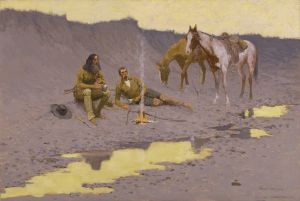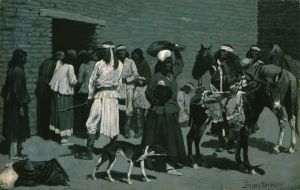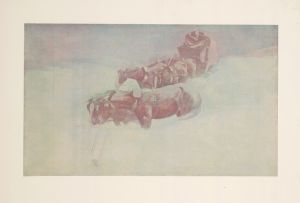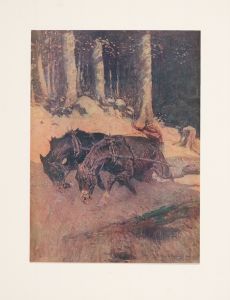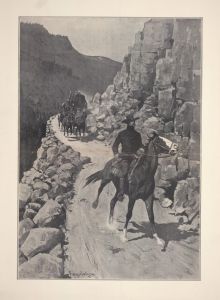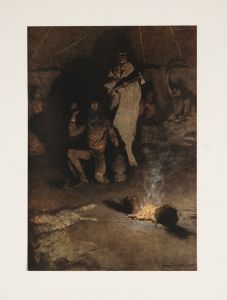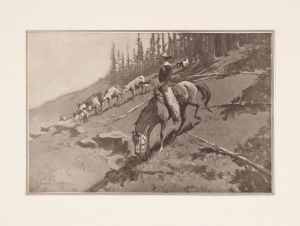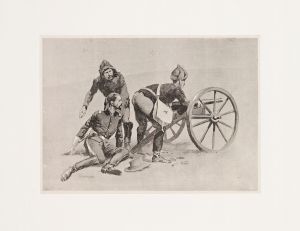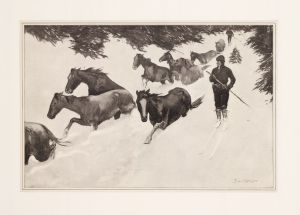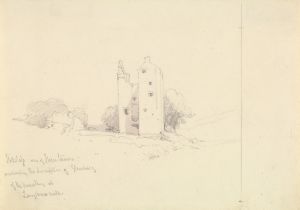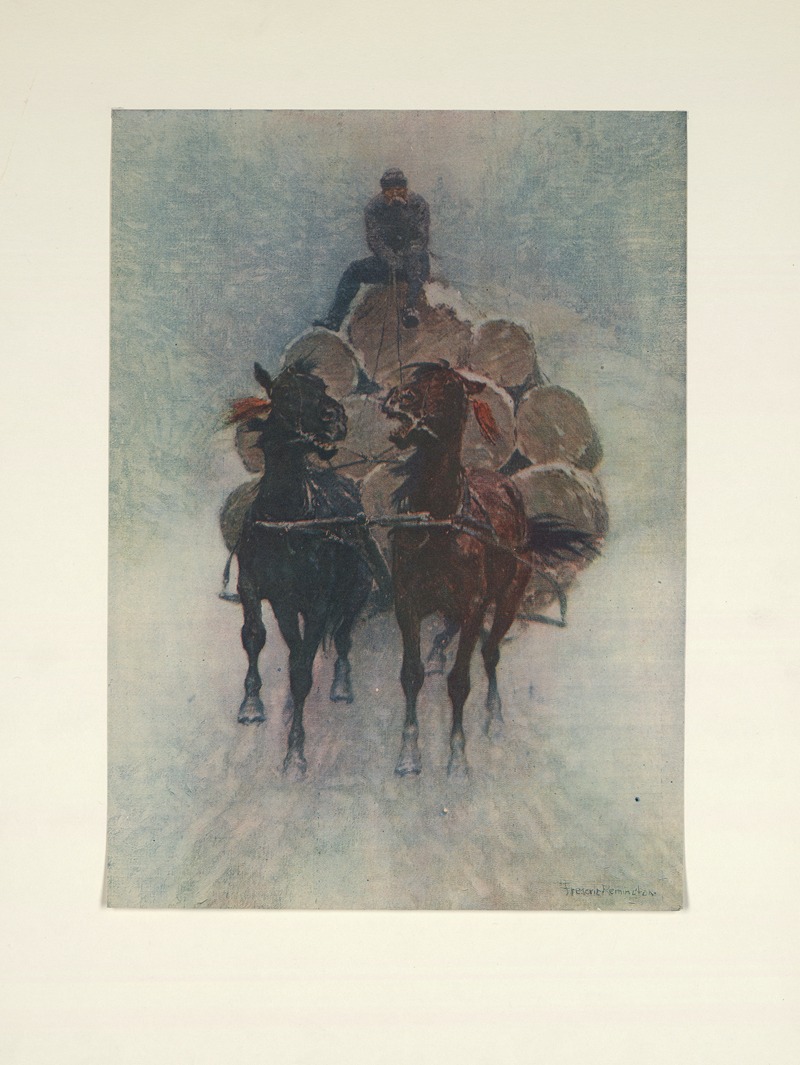
Hauling logs to the river
A hand-painted replica of Frederic Remington’s masterpiece Hauling logs to the river, meticulously crafted by professional artists to capture the true essence of the original. Each piece is created with museum-quality canvas and rare mineral pigments, carefully painted by experienced artists with delicate brushstrokes and rich, layered colors to perfectly recreate the texture of the original artwork. Unlike machine-printed reproductions, this hand-painted version brings the painting to life, infused with the artist’s emotions and skill in every stroke. Whether for personal collection or home decoration, it instantly elevates the artistic atmosphere of any space.
"Hauling Logs to the River" is a painting by the renowned American artist Frederic Remington, who is best known for his depictions of the American West. Remington's work primarily focused on the late 19th-century Western United States, capturing the essence of frontier life, including cowboys, Native Americans, and the U.S. Cavalry.
Frederic Remington was born on October 4, 1861, in Canton, New York. He developed an early interest in art and the American frontier, which was fueled by his travels and experiences in the West. Remington's career as an artist began in earnest in the 1880s, and he quickly became known for his illustrations, paintings, and later, sculptures that vividly portrayed Western themes.
"Hauling Logs to the River" is one of Remington's lesser-known works, and it exemplifies his ability to capture the rugged and challenging life of those who lived and worked in the American frontier. The painting depicts a scene where men are engaged in the arduous task of transporting logs to a river, a common practice in the logging industry during that era. This activity was crucial for the transportation of timber, which was a vital resource for building and fuel.
The painting showcases Remington's keen attention to detail and his skill in rendering the human figure and natural landscapes. His use of color and light effectively conveys the atmosphere of the scene, highlighting the physical effort and teamwork required in such labor-intensive work. The composition likely reflects Remington's interest in the everyday lives of people in the West, beyond the more romanticized images of cowboys and soldiers.
Remington's work is often associated with the idea of the "vanishing frontier," capturing a way of life that was rapidly changing due to industrialization and expansion. His paintings and sculptures serve as historical records of a period in American history that was marked by exploration, conflict, and transformation.
Throughout his career, Remington's art was widely published in magazines and books, which helped to cement his reputation as one of the foremost artists of the American West. His works were instrumental in shaping the popular image of the West in the American imagination.
Frederic Remington passed away on December 26, 1909, but his legacy endures through his extensive body of work. His paintings, including "Hauling Logs to the River," continue to be celebrated for their historical significance and artistic merit. They offer a window into a bygone era, providing insight into the lives and landscapes of the American frontier.
While "Hauling Logs to the River" may not be as widely recognized as some of Remington's other works, it remains an important piece within his oeuvre, reflecting his dedication to portraying the diverse aspects of life in the American West.





